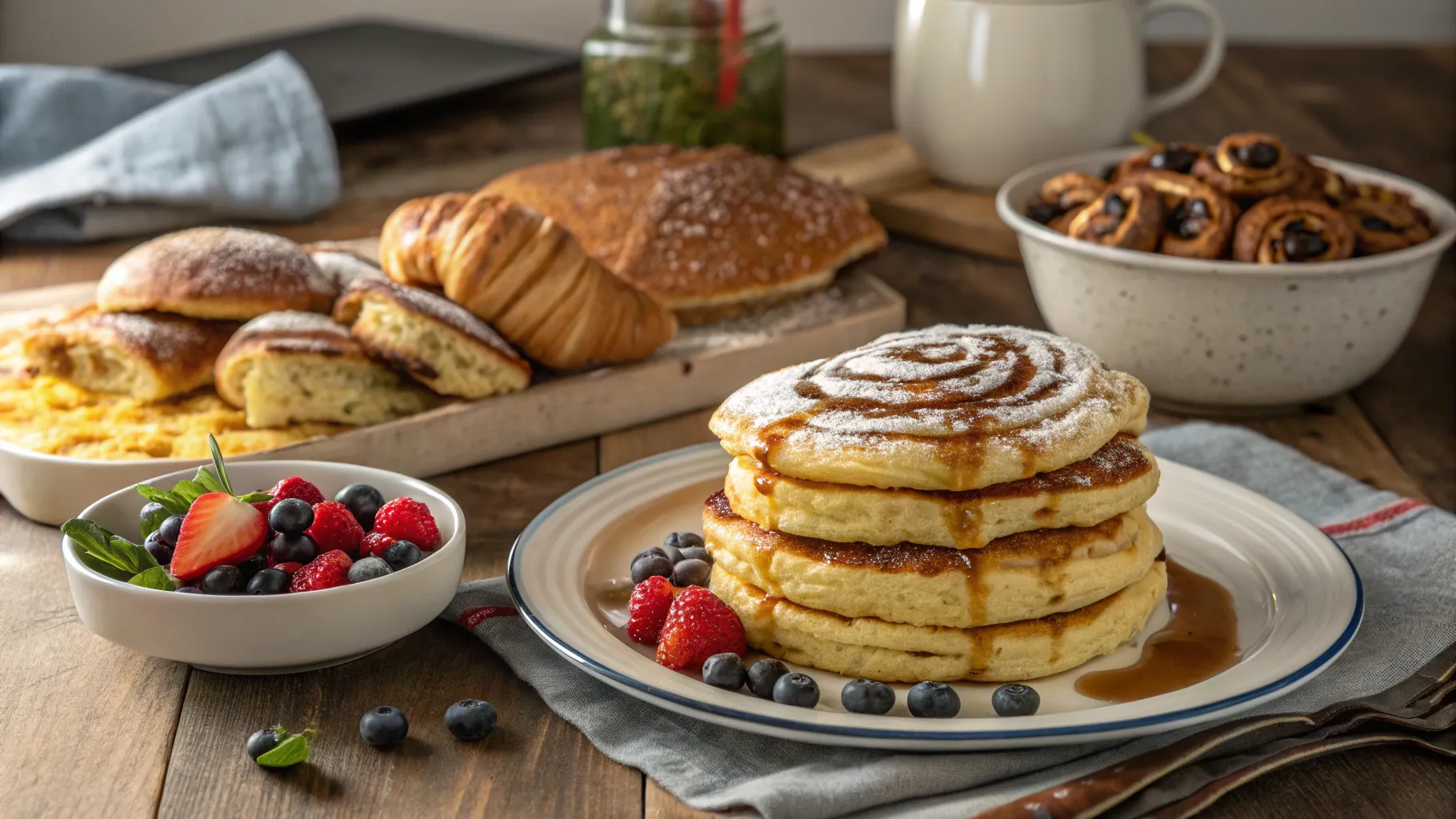
Start your mornings with confidence and flair by mastering some of the most beloved breakfast classics. From fluffy buttermilk pancakes to buttery homemade cinnamon rolls, from show-stopping omelets to perfectly golden French toast and irresistible bakery-style croissants, these cooking easy recipes will elevate your breakfast game like never before.
Whether you're cooking for a family brunch or treating yourself, these recipes focus on the details that make all the difference. Let’s dive into the secrets of making each dish with tips, tricks, and expert insights.
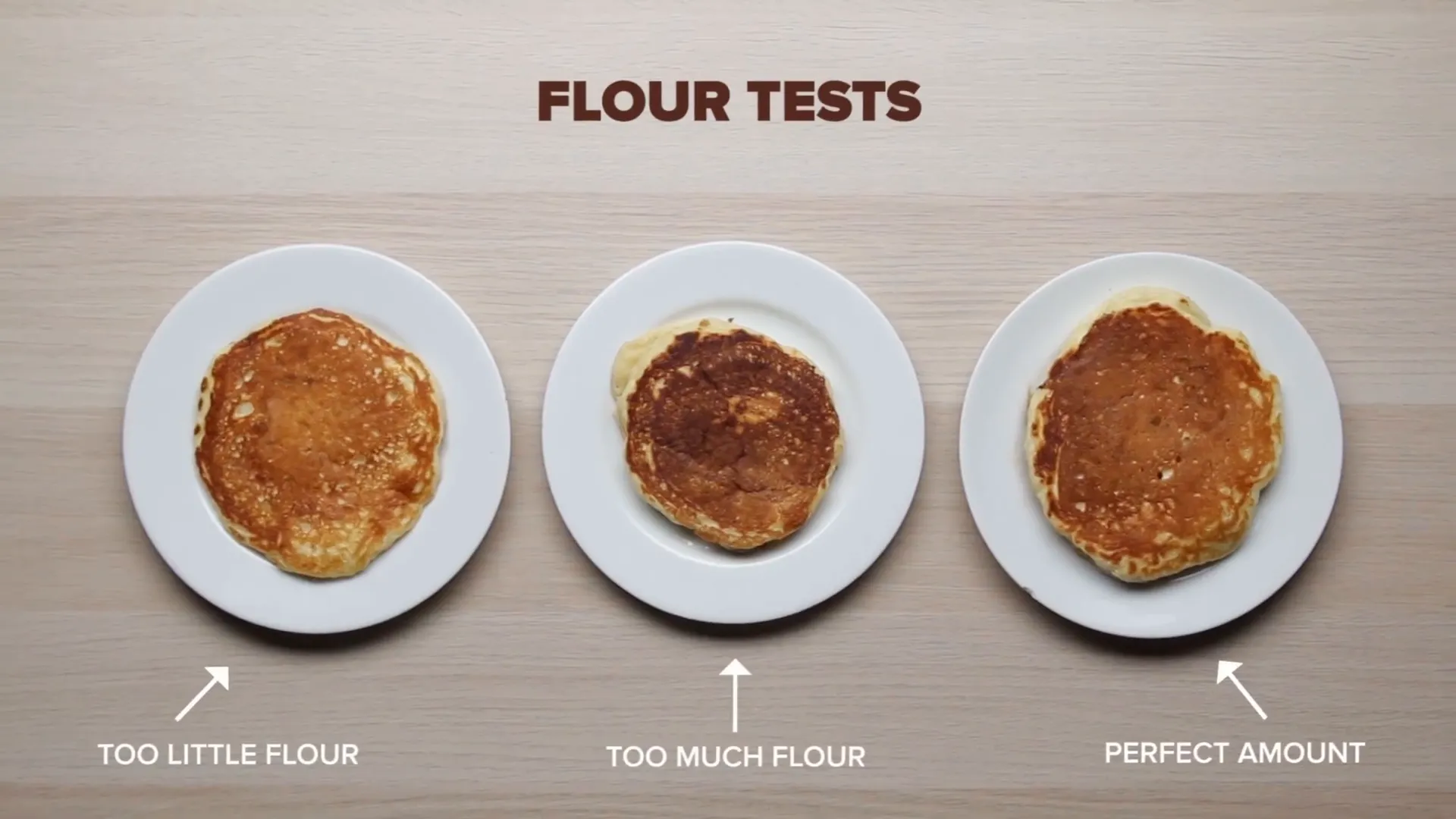
The Fluffiest Buttermilk Pancakes You’ll Ever Eat
Pancakes are undeniably iconic for breakfast, but achieving the perfect fluffy texture can be tricky. The key? Getting the flour measurement just right.
If you use too little flour, like two cups, the pancakes will taste great but end up flat. Too much flour, on the other hand, creates thick-looking pancakes that are dense and flavorless — almost like eating baked flour, which nobody wants. The sweet spot is two and a half cups of flour. This ensures pancakes that are light, fluffy, and delicious.
Pro tip: Measure flour by spooning it into the measuring cup and leveling it off with a straight edge. Avoid scooping directly with the cup or packing it in, as this leads to dense pancakes.
Flour isn't the only player here. To get those pillowy pancakes, you need leaveners—ingredients that help the batter rise. Baking soda alone can make pancakes rise but leaves a soapy taste, while baking powder alone can taste metallic. The magic happens when you combine both, giving you the perfect lift and a pleasant tang.
Mix your dry ingredients—flour, sugar, salt, baking powder, and baking soda—then whisk in buttermilk, melted butter, and egg yolks. Don’t be shy with butter; it adds flavor and richness that pancakes deserve.
When combining wet and dry ingredients, mix gently with a rubber spatula until just combined. Overmixing leads to dense pancakes. The eggs are crucial too: separate the egg whites from yolks, and fold in the unwhipped egg whites gently. This simple step ensures fluffiness without the hassle of beating egg whites to peaks.
Let the batter rest for 15 to 30 minutes to let the ingredients meld.
Choosing the right pan matters. While non-stick pans yield flat, uniform pancakes, a cast iron skillet’s rough surface creates craggy pockets perfect for soaking up butter and syrup. Cook over medium heat with plenty of butter, pouring in about a third of a cup of batter per pancake. Customize with blueberries, chocolate chips, or your favorite add-ins!
When bubbles appear on the surface, flip carefully and cook for another minute or two to golden perfection. Serve hot with extra butter and lots of maple syrup for a truly indulgent breakfast.
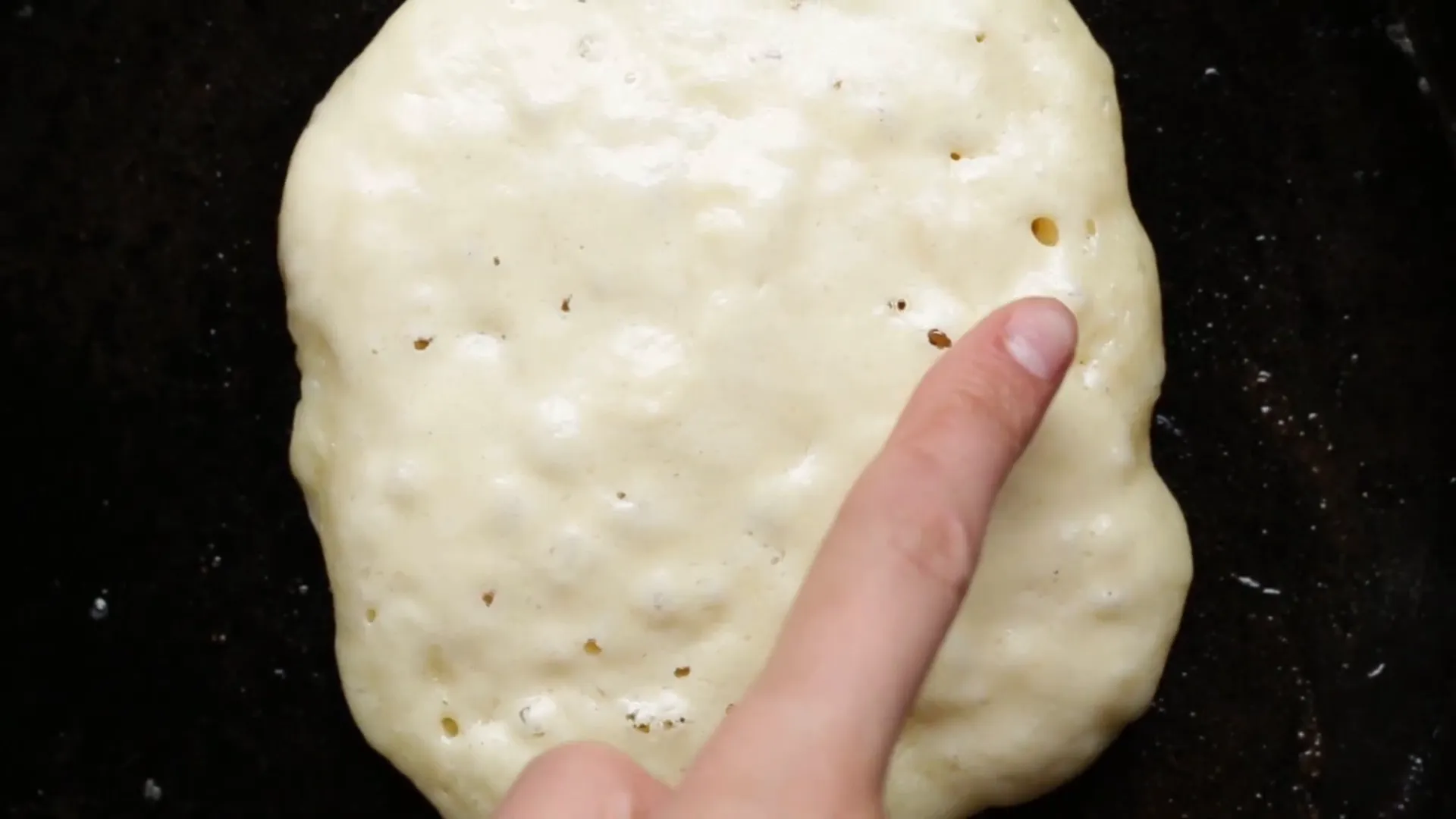
Homemade Cinnamon Rolls That Will Wow Your Family
Few things are as heartwarming as waking up on a holiday morning to the smell of cinnamon rolls baking. This recipe has been perfected over years and is a family favorite.
Start by blooming yeast in warm milk—warm enough to feel like body temperature—and dissolve sugar and melted butter into it. This enriched dough, richer and sweeter than regular bread dough, adds to the rolls’ tender crumb.
Mix in flour to create a wet, messy dough, then let it rise for an hour until bubbly and nearly doubled in size.
Prepare your baking tins by rubbing butter inside to prevent sticking. For the filling, combine softened butter, brown sugar, and cinnamon into a smooth spread—this ensures even flavor without dry patches.
Add more flour, baking powder, and salt to the risen dough, then knead gently with minimal flour to maintain moisture. Knead about 10 minutes until smooth and elastic, then roll dough into a rectangle.
Spread the filling evenly, roll tightly, and seal the seam. A neat trick is to use dental floss to slice the rolls instead of a knife, which prevents squishing and keeps perfect spirals.
Arrange the rolls in tins, leaving space for expansion during proofing. Cover and let rise 35-45 minutes. You can freeze rolls before proofing for up to three months and bake directly from frozen after thawing.
Bake at 350°F for 25-30 minutes, watching closely to prevent overbrowning. While baking, whip up a luscious cream cheese frosting with room-temperature cream cheese, melted butter, milk, vanilla paste, and powdered sugar. Spread over warm rolls once slightly cooled for the perfect glaze.
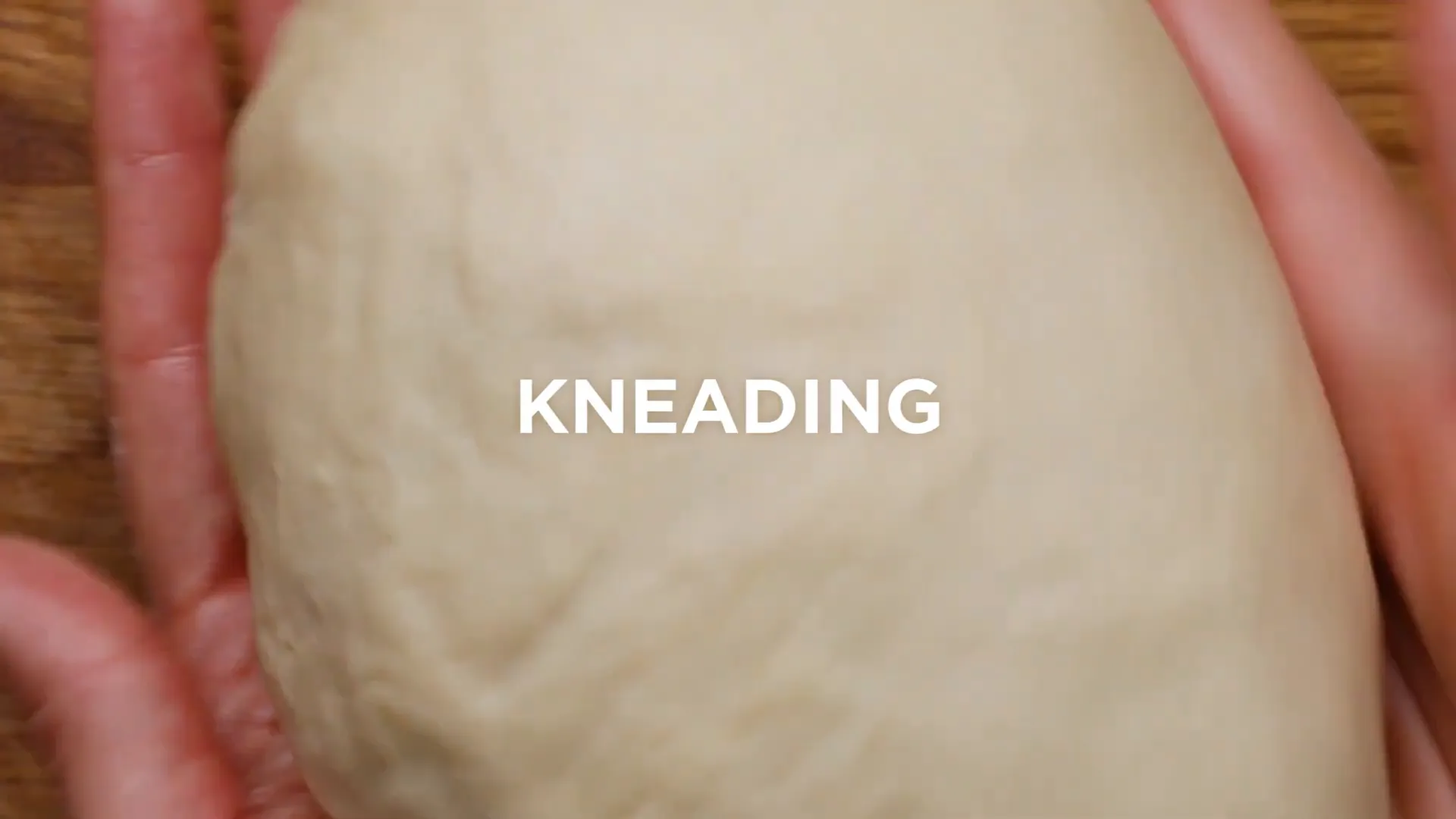
The Best Homemade Omelets: French, American, and Japanese Styles
Omelets are a fantastic way to upgrade breakfast with minimal ingredients and maximum flavor. Here are three essential styles every cook should master.
French Omelet: Soft, Custardy, and Elegant
The French omelet is all about technique and fresh ingredients. Use fresh eggs for a robust interior that yields fluffiness. Beat eggs vigorously until fully combined and add a splash of water—this turns to steam as it cooks, adding lift.
Season with salt and let the mixture rest for 10-15 minutes to evenly distribute seasoning and improve texture.
Cook over medium heat in a pristine nonstick pan with European-style unsalted butter for rich flavor. Constantly stir the eggs gently to create small curds and a custardy interior. Once softly scrambled, reduce heat and spread the eggs evenly.
Turn off heat and roll the omelet carefully, sealing the seam underneath. Brush with more butter for glossy finish and top with fresh chives and flaky sea salt. Enjoy immediately while creamy inside.
American Omelet: Golden Brown and Loaded with Fillings
This style is simpler and heartier, perfect for those who love toppings. Salt the eggs ahead of time and add water for fluffiness. Avoid adding cream as it makes the texture denser.
Cook fillings like onions, peppers, and ham until softened and browned, then set aside. Brown butter in the pan for a nutty crust before pouring eggs in. Let eggs set with larger curds, then add fillings and cheese before covering to melt.
Fold in half and serve golden brown, cheesy, and filling.
Japanese Omelet (Tamagoyaki): A Beautiful Rolled Delight
Japanese omelets may look challenging but with practice, they’re achievable at home. Beat eggs gently without overbeating, then add sugar, salt, soy sauce, mirin, and powdered dashi for umami.
Use a square pan or a regular nonstick pan (trimming edges) and brush generously with oil. Pour thin layers of egg, cook until set but not browned, then roll gently towards yourself.
Repeat layering, oiling, cooking, and rolling until all egg is used. Slice into quarters to reveal beautiful layers and serve with grated daikon and soy sauce for a perfect balance of sweet and savory.
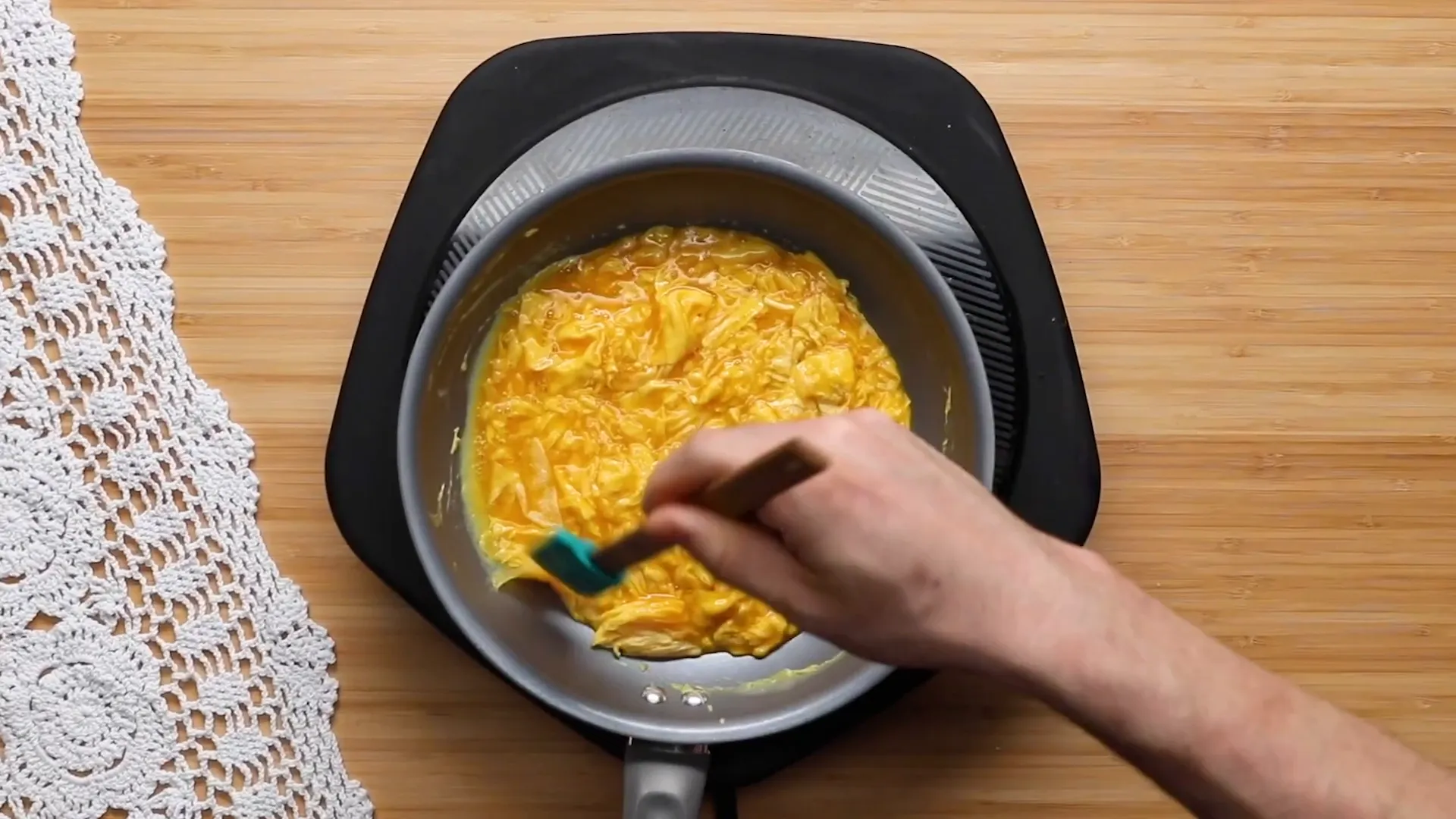
Classic French Toast: Crispy Outside, Silky Inside
French toast may seem simple, but its magic lies in the balance between a crispy exterior and a silky custard interior.
Choose sturdy yet tender bread like challah, brioche, or white bread. Avoid fresh bread, which can become soggy; instead, use day-old bread or dry fresh slices in a 200°F oven for 10 minutes.
The custard is key: whisk eggs thoroughly to avoid clumps, then add milk, heavy cream, brown sugar, salt, cinnamon, and vanilla bean paste for rich flavor. For every 1/4 cup of dairy, use one large egg.
Soak bread until saturated but not falling apart—about 20 seconds to a minute per side.
Cook on a preheated nonstick electric griddle or pan greased generously with butter. Let toast cook undisturbed until golden brown, then flip and repeat. Keep heat moderate to avoid burning sugar before the custard cooks through.
Serve simply with butter and warm pure maple syrup. A sprinkle of flaky sea salt enhances sweetness, and fresh berries add a pop of color.
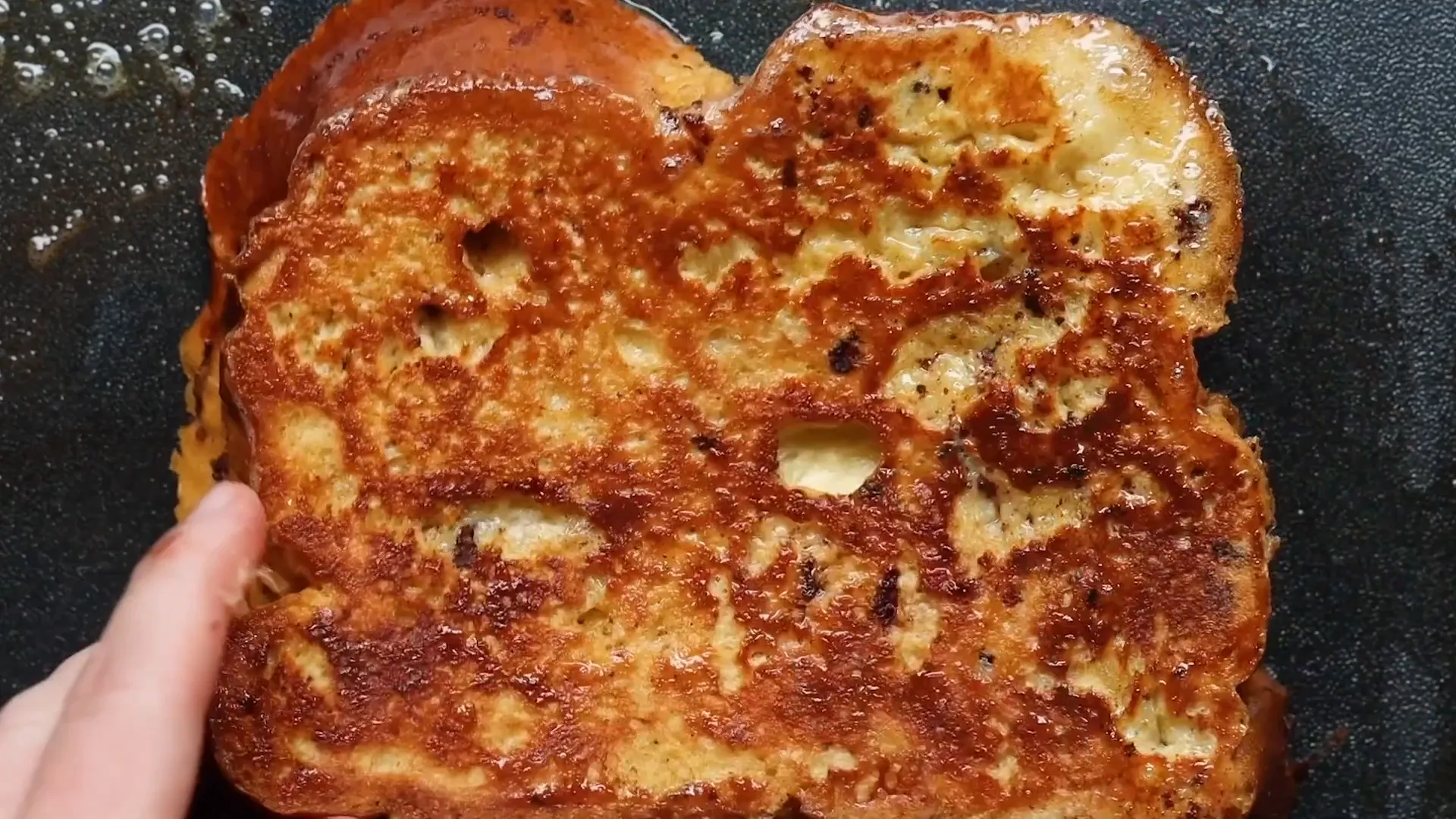
Bakery-Style Croissants: Flaky, Buttery Perfection
Making classic croissants at home is a labor of love that pays off with flaky, buttery layers reminiscent of a French bakery.
The dough combines milk, water, bread flour, sugar, salt, yeast, malt, and butter. Using bread flour with high protein ensures good structure and chew. Mix until a shaggy dough forms, then rest until it rises 1.5 times its size.
Prepare the butter block (barrage) with high-fat European butter, slicing and arranging it evenly before chilling. Roll out dough to match the butter block size, then encase butter like a book.
Roll and fold the dough twice using a letter fold and a four-fold to create distinct layers. Fewer folds yield more defined layers and a preferred crumb texture.
Roll dough to a quarter-inch thickness, cut into triangles, make a slit at the base, and roll into crescent shapes. Proof croissants with moisture to prevent drying until puffed and jiggly.
Brush with egg wash for a shiny, copper-brown crust and bake at 350°F with steam from a boiling water pan to help rise.
Let cool before enjoying with jam or honey. The flaky dough is versatile for other pastries once mastered.
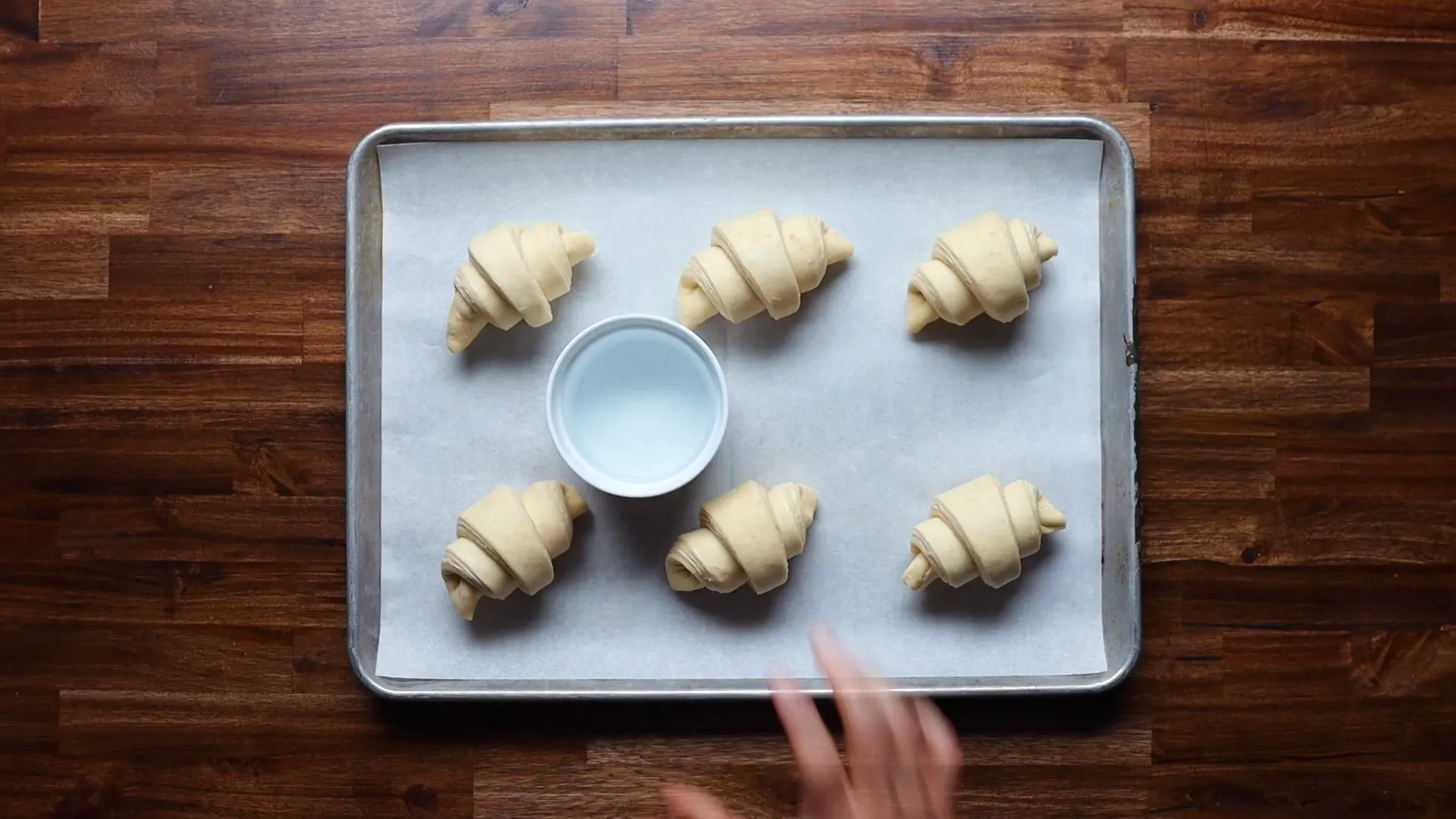
With these cooking easy recipes, breakfast can be your masterpiece every day. From the first bite of fluffy pancakes to the last crumb of a warm croissant, these dishes bring joy and satisfaction to the table.
Explore more recipes and tips to keep your mornings delicious and stress-free!
This article was created from the video Tasty 101: Mastering Breakfast with the help of AI.
Mastering Breakfast: Cooking Easy Recipes for Pancakes, Cinnamon Rolls, Omelets, French Toast, and Croissants. There are any Mastering Breakfast: Cooking Easy Recipes for Pancakes, Cinnamon Rolls, Omelets, French Toast, and Croissants in here.
